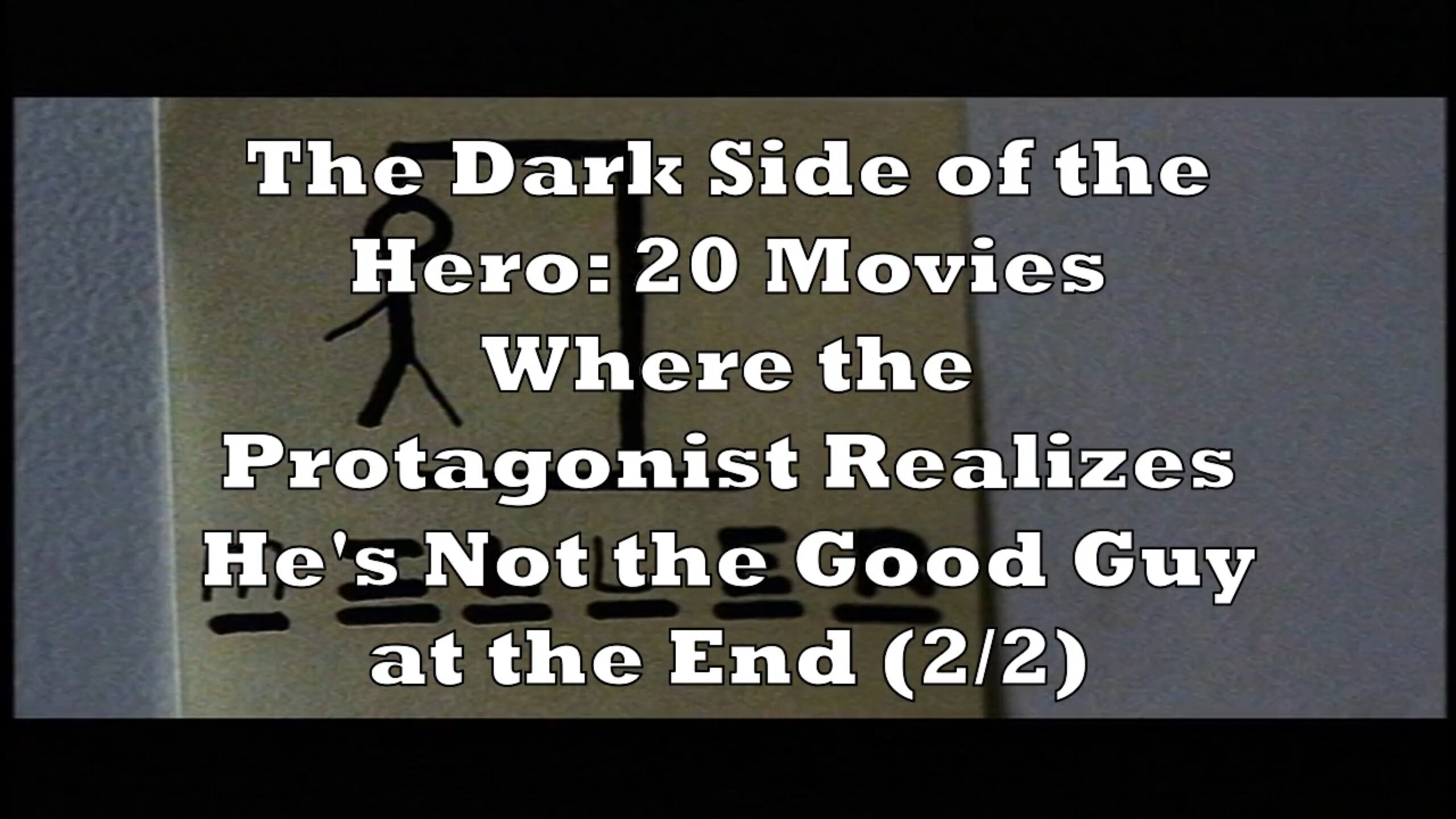Isn’t it fascinating when the magic of the movies convinces us that the actors on our screens are the best of friends or the most passionate of lovers? We buy into the on-screen relationships so completely that it often comes as a shock to learn that, behind the scenes, the actors couldn’t stand each other. It’s a testament to their professionalism and acting prowess, but it also raises questions about the nature of performance and the complexities of human relationships.
Take for example, the revelation that Jonah Hill and Christopher Mintz-Plasse, who played inseparable buddies in ‘Superbad,’ were far from friendly when the cameras stopped rolling. It’s a surprising tidbit that makes you wonder about other actors who managed to hide their real-life animosity to create convincing on-screen bonds.

Classic Hollywood had many feuds, like Humphrey Bogart and Audrey Hepburn on the set of ‘Sabrina.’
Bogart was reportedly hostile towards Hepburn, criticizing her acting skills and resenting her for taking the role his wife, Lauren Bacall, wanted. Despite the tension, the film remains a beloved romantic classic, with their on-screen chemistry seemingly unaffected by their off-screen discord.

The ‘Sex and the City’ saga is notorious for the feud between Kim Cattrall and Sarah Jessica Parker.
Their characters, Samantha and Carrie, epitomized the essence of female friendship on the show, but behind the scenes, the relationship was far from friendly. The conflict reached its peak when Cattrall made it clear on social media that Parker was neither her family nor her friend, accusing her of exploiting a personal tragedy.

Jamie Dornan and Dakota Johnson in ‘Fifty Shades of Grey.’
While they may not hate each other, their initial awkwardness during filming and press tours suggested a lack of off-screen chemistry that contrasted sharply with their characters’ intense on-screen romance. It’s a reminder that sometimes, actors are just that good at their jobs, able to create a believable connection even when it doesn’t exist in real life.

What about those who turned on-screen animosity into real friendships?
It’s not all doom and gloom in Hollywood. For instance, despite playing love rivals in ‘Legally Blonde,’ Selma Blair and Reese Witherspoon are friends off-screen. Vanessa Hudgens and Ashley Tisdale, who portrayed frenemies in ‘High School Musical,’ are also real-life BFFs, proving that sometimes the lines between reality and fiction can blur in the most delightful ways.
The dynamic between actors can be complex, and it’s not always clear why some get along while others don’t. Personalities may clash, professional jealousy may arise, or the stress of working on a demanding project may take its toll. Whatever the reason, these off-screen tensions can sometimes seep into the performances, adding an unintended layer of authenticity to the characters’ relationships.
In some cases, co-stars’ dislike can create a toxic work environment. Reports of Luke Wilson and Kate Beckinsale’s strained relationship during ‘Vacancy’ hint at real-life animosity affecting the film’s atmosphere. Kim Basinger allegedly faced mistreatment from Mickey Rourke during ‘9 ½ Weeks’, adding tension on screen. Off-screen feuds impact not just romantic relationships. ‘West Side Story’ leads Natalie Wood and Richard Beymer clashed, with Wood maintaining a ‘shit list’ featuring Beymer. Barbra Streisand and Walter Matthau’s intense dislike during ‘Hello, Dolly!’ affected their on-screen kiss.
Despite challenges, actors’ professionalism prevails, show goes on. Audience swept up in story, connections. Screen illusion masks real emotions, relationships. Delve into reality of on-screen relationships, explore examples of actors putting aside differences for performances. Consider impact of off-screen dynamics on actors, production, audience perception. Feuds impact performances and productions, acting is deception that can hinder or enhance authenticity.
One might wonder how such off-screen tensions affect the actors’ ability to deliver a convincing portrayal of friendship or love. It’s a complex dance between personal feelings and professional responsibilities. For instance, the palpable discomfort between Jamie Dornan and Dakota Johnson during the ‘Fifty Shades of Grey’ press tours could have undermined their performances. Yet, as professionals, they managed to portray an intense on-screen romance that captivated audiences worldwide.
Off-screen feuds impact performances, adding depth. Real-life tensions can enhance on-screen dynamics, showcasing actors’ versatility. Positive relationships boost chemistry, fostering a pleasant work environment. Audience perceptions may be influenced by actors’ off-screen dynamics, blurring reality and fiction in the magic of cinema.
Whether actors are best friends or at odds off-screen, their performances remain a celebration of storytelling. They remind us that even in a world of make-believe, the most authentic human experiences can be shared and felt. And isn’t that the true beauty of the movies?
Related posts:
17 Actors Who Played Frenemies But Actually Got On Great Off-Screen
18 on-screen best friends who reportedly hated each other in real life
Top 20 Movie Couples Who Hated Each Other In Real Life




